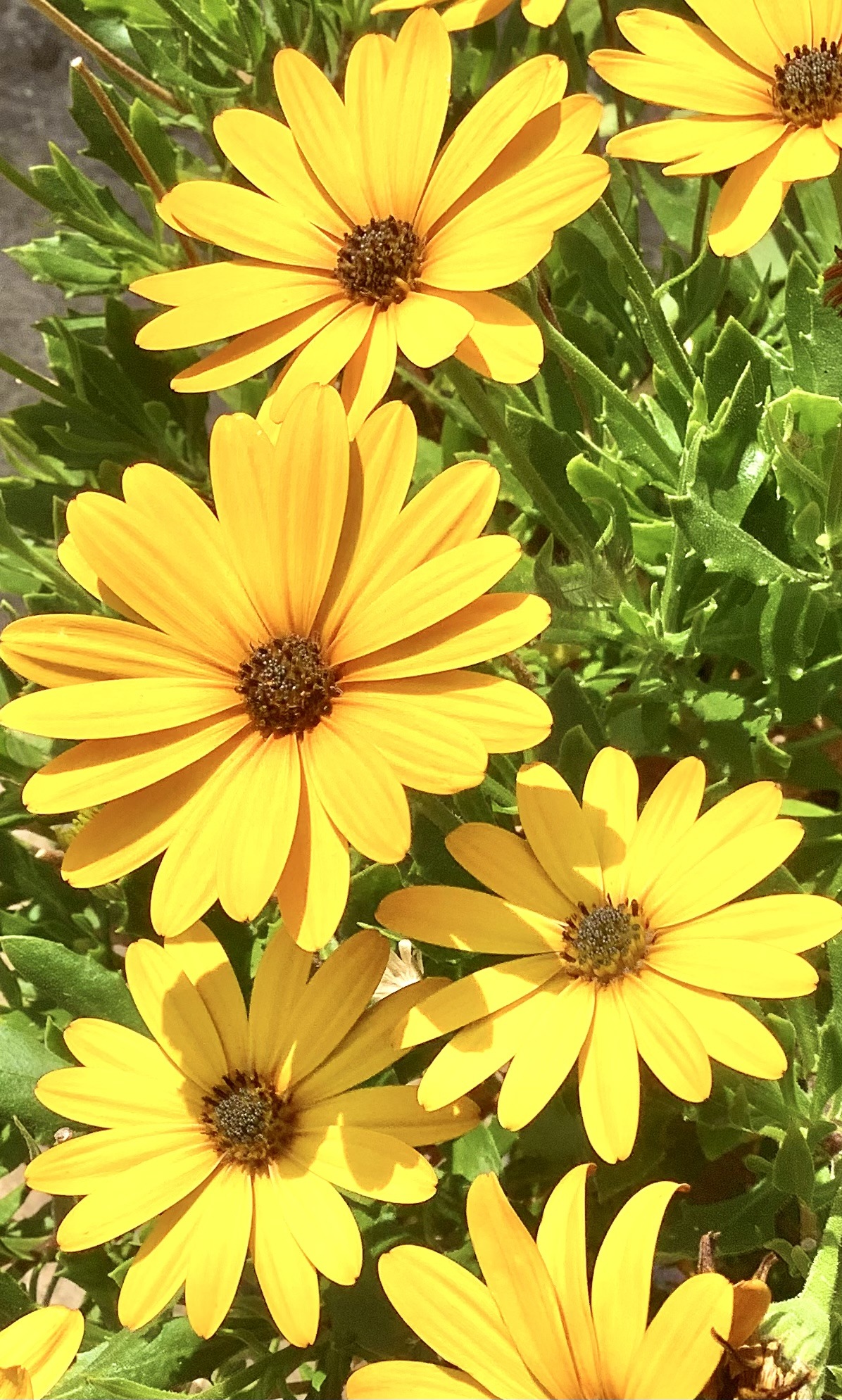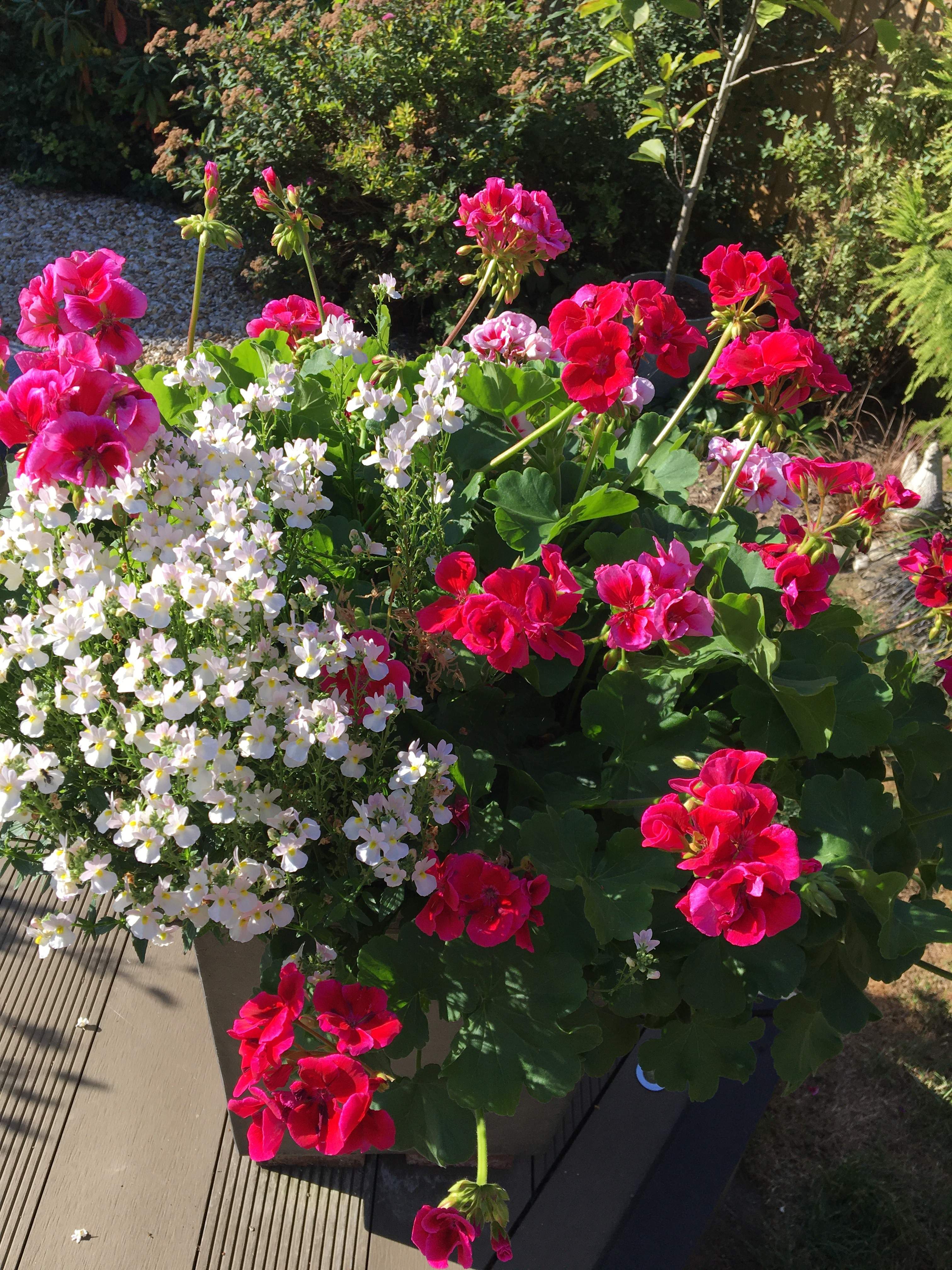
7 Best Ways To Drought Proof Your Garden
7 Best Ways To Drought Proof Your Garden that will help your plants and flowers survive during the drier than usual summer that we are experiencing in the UK
I, for one, am loving the hot, sunny weather this summer but I appreciate that it is too hot for some. Our gardens are struggling too with the lack of rainfall. Trying to keep our gardens going without losing too many of our favourite plants is challenging. However, panic ye not, there are simple, water-wise ways that you can adopt.
Many websites talk about using drought-resistant plants, and yes, there is a huge choice. Many trees, shrubs and perennial plants thrive in hot, dry weather, but, we cannot simply replace all of a garden’s existing plants with new ones. That isn’t cost-effective, and neither is it necessary.
It is easier and wiser to change gardening methods and habits instead.
I may earn commission when you shop through the links in this article.
7 Best Ways To Drought Proof Your Garden
Prepare The Soil
Healthy and well-prepared soil goes a long way to aiding your plants, making them more drought tolerant. During spring and autumn dig in large quantities of well rotted manure, home made compost or chipped bark. All of which will improve soil structure.
This will help with water retention during drought conditions. The slow release of nutrients as the organic matter breaks down will produce healthier specimens of all your plants which in turn allows them to better resist disease, infestations of pests and lack of water in dry periods.
Buying small plants and letting them grow to full size in your garden establishes a more rigorous root system than would be the case with full size plants.
Check your soil type and choose suitable plants. They are far easier to maintain if planted in their preferred medium.
Identify Vulnerable Plants
Identifying vulnerable plants is important, these plants are the ones that need the most attention to help them through the dry period. Experienced gardeners will hopefully have planted thirsty plants in the most moisture retentive areas of the garden. But, during a drought, these areas will eventually dry up too. Any shrubs or trees that are beginning to show signs of stress must be watered.
Signs of drought stress :
- Wilting/curling leaves.
- Leaves turning brown
- Leaf drop
- Early and prolific seed production
Direct Water To The Base Of Plants
Mulch around all plants to help retain moisture. The mulch will also act as a slow feed, adding nutrients to the soil.
Gently fork the soil at the base and direct the water, be it from a watering can or hosepipe, ( unless there is a ban on using hosepipes in your area ) into the soil.
Watering deeply ensures that the water gets down to the roots where it is most needed.
If the ground is very hard water slowly, allowing the water to soak into the soil.
Picking your time to water is also important. Evenings or early mornings are the best times.
There will be less evaporation or chance of leaf damage than in hotter times of the day.
Prune Wisely
Do not prune drought-stressed trees or shrubs.
Any pruning can wait until the weather is cooler and/or wetter.
The only time you should prune in a drought is to remove damaged, dead, infested or diseased stems or branches.
Place Pots In The Shade
This seems like common sense to me. I know we plant up pots and containers for specific areas in gardens. Perhaps to view them from indoors, for curb appeal or to brighten up patios.
Moving them to shady spots temporarily will help prolong their life. If possible, place them on soil or the borders. The heat rising from pavements, concrete and patios etc is further detrimental and drying for plants.
In fact, in my small garden, I am gradually eliminating paving slabs to make more planting areas.
Trees, shrubs and climbing plants cool the earth and the surrounding environment, making it far easier for plants to cope in hot weather.
Plant trees not concrete
Full Sun Perennials that Bloom all Summer
Use Saucers Under Containers
Place deep saucers or bowls or buckets under pots to catch any water that runs through. Once a week I take down the hanging baskets and pop them in a bucket of water for a thorough soaking.
Fully soaking them just once a week is more beneficial than giving them just a trickle every day.
Leave a bucket under the baskets when you re-hang them to catch run-off water, which can then be used elsewhere in the garden.

No Dig Gardening
There should be no reason to do any digging at the moment. Digging or turning over soil during a drought will only bring any moisture to the surface where it will quickly evaporate.
No dig gardening is less back-breaking and takes up little of your precious time. Use the no dig method on borders, raised beds and allotments.
Pro Tip
Don’t worry about the lawn, grass is very resilient, it may look like straw right now but it will come back to life when the rain comes.
Drought tolerant plants
- Lavendar
- Rosemary
- Sage
- Thyme
- Lewisia
- Echinops
- Hibiscus
- Sempervivums
- Cacti
- Agave
- Phormiums
- Cordylines
- Yucca
- Lantana
- Agastache
- Agapanthus
- Rudbekia
- Echinacea
- Gailladia
- Gaura
- Salvia
- Geranium

Drought tolerant trees
- Ginko
- Pine Trees
- Eucalyptus
- Robinia
For more ideas for drought tolerant gardens read How to make a Mediterranean Garden
7 Best Ways To Drought Proof Your Garden
Conclusion
These are simple measures that you can take to help drought-proof your garden. Yes, there will be casualties but that is to be expected, most plants will bounce back. If you follow 7 ways to drought-proof your garden, you stand a very good chance of keeping your plants healthy and vibrant.
Summer gardening is an absolute pleasure, enjoy the days and balmy evenings. Looking after your gardens’ health improves your health and well-being too.
If you find this article helpful please share the tips with friends, family and on social media.
You can post any queries or views in the comments box below, I always reply as soon as possible.
Happy Gardening




